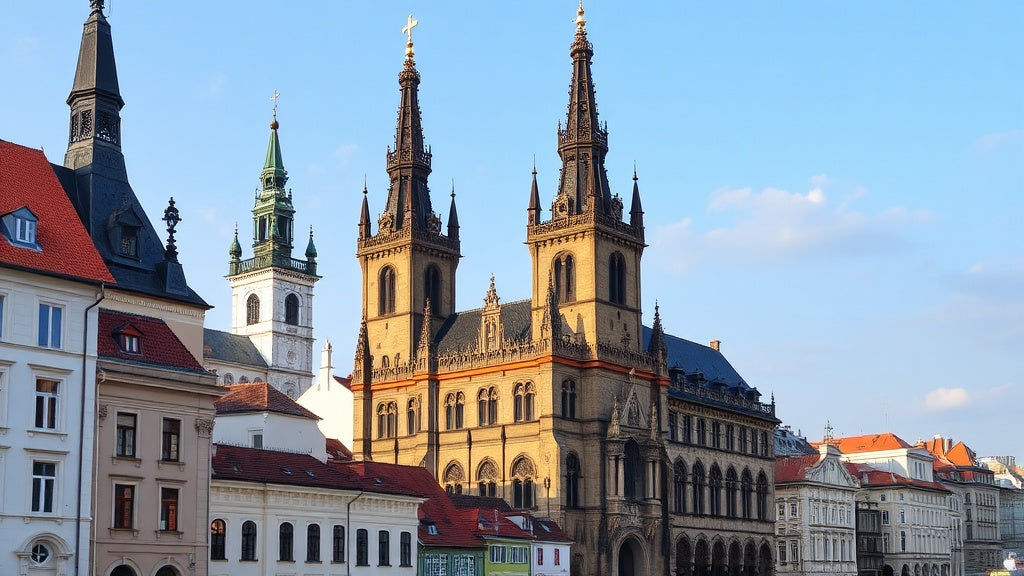
Dubai's Artificial Islands: From Visionary Marvels to Economic and Environmental Challenges
, by Unboxify, 3 min reading time

, by Unboxify, 3 min reading time
In the early 2000s, real estate developers identified a lucrative opportunity to create artificial land off the coast of Dubai. The emirate was experiencing a real estate boom, and the demand for oceanfront properties was insatiable. With the natural coastline maxed out, Nakheel Properties, a government-owned real estate company, embarked on a series of massive island projects, all within just two decades.
In 2001, Nakheel Properties began constructing Palm Jumeirah, an island designed to resemble a palm tree when viewed from space. By 2006, land reclamation was completed, and the first apartments were handed over. Primarily hosting private houses on the fronds, the island also features several luxury hotels on the breakwater ring designed to protect it from storms.
While Palm Jumeirah was under construction, Dubai's real estate market witnessed unprecedented growth, exemplified by projects like the Burj Khalifa, the world's tallest building. However, the 2008 global financial crisis halted this rapid expansion.
In 2011, Nakheel offered refunds to investors of Palm Jebel Ali, symbolizing a significant standstill in the once-booming venture. The Dubai Waterfront, meant to be the world's largest man-made development, was also put on hold.
As time passed, environmental and social issues gained more attention, raising concerns about these grand projects:
To salvage what they could, Nakheel rebranded Palm Deira as Deira Islands in 2013, scaling down the scope of the project. Ongoing construction includes a planned mall, two high-rise buildings, and a shopping street, all aiming to breathe new life into the venture.
The World project, consisting of 300 islands, was intended to recreate a map of the world. Although the initial land reclamation was mostly completed and many islands were sold before the financial crisis, development remained stagnant due to economic challenges faced by investors.
Ten years after its unveiling, The World project struggles to attract investments as concerns over rising sea levels and siltation problems grow. The smaller channels between the islands have started to silt up, complicating further development.
In 2014, an Austrian real estate investor announced The Heart of Europe, a project aimed at creating a mini version of Europe on The World islands. Featuring luxury hotels inspired by Venice and Monaco, a Swiss plaza with artificial snow, and various European-themed restaurants, this ambitious venture is currently under construction and may well be The World's saving grace. Time will tell whether it achieves the desired economic success.
Development projects like Dubai’s artificial islands are not just about immediate financial returns; they often serve a greater purpose in boosting tourism, enhancing national pride, and showcasing new construction methodologies. However, the global economic downturn and increasing environmental concerns raise questions about the long-term viability of these grandiose projects.
As Dubai continues to pursue its ambitious dreams, the city's skyline and its artificial islands will stand as testimonies to both its relentless ambition and the challenges that come with it. Whether these ventures will eventually be hailed as visionary or critiqued as overreaching remains to be seen, as the world watches these man-made wonders evolve.






